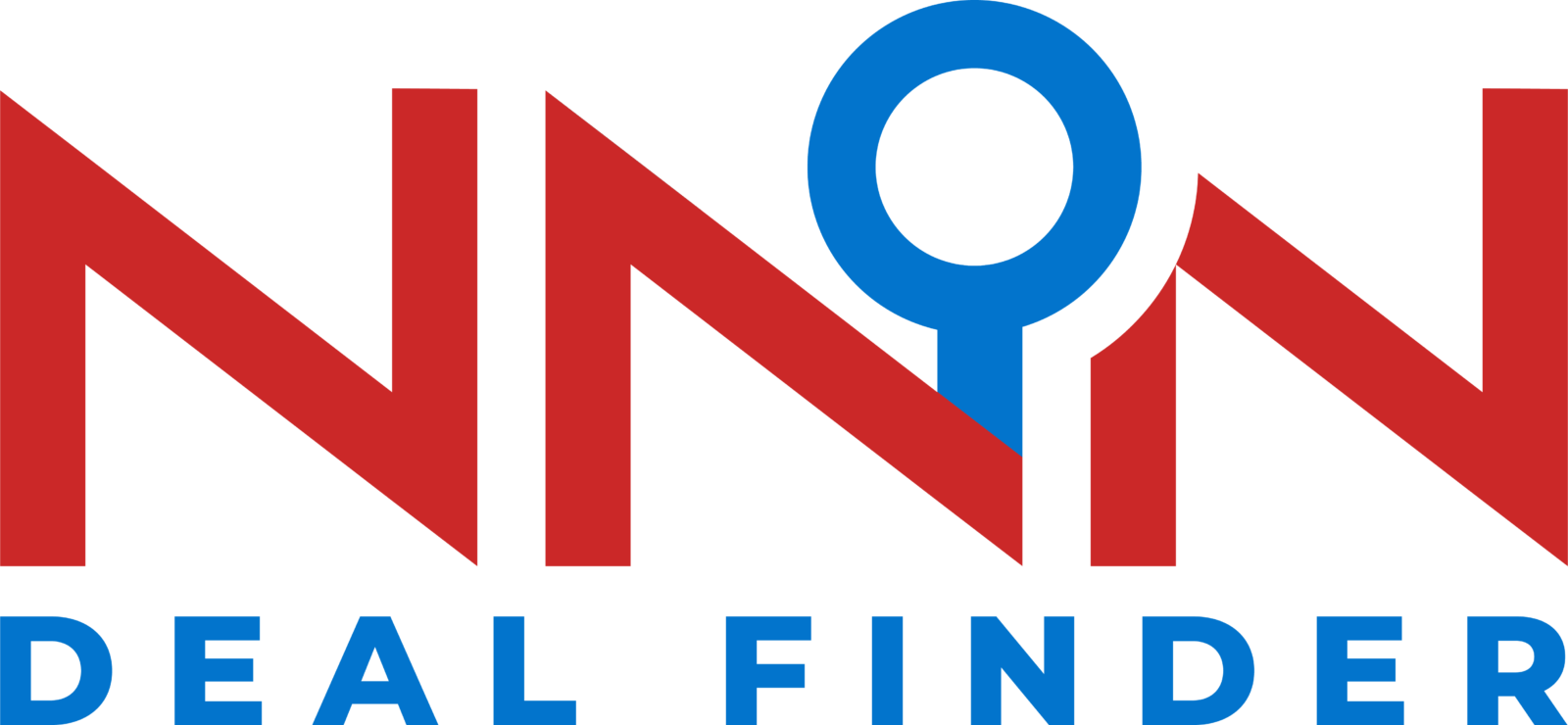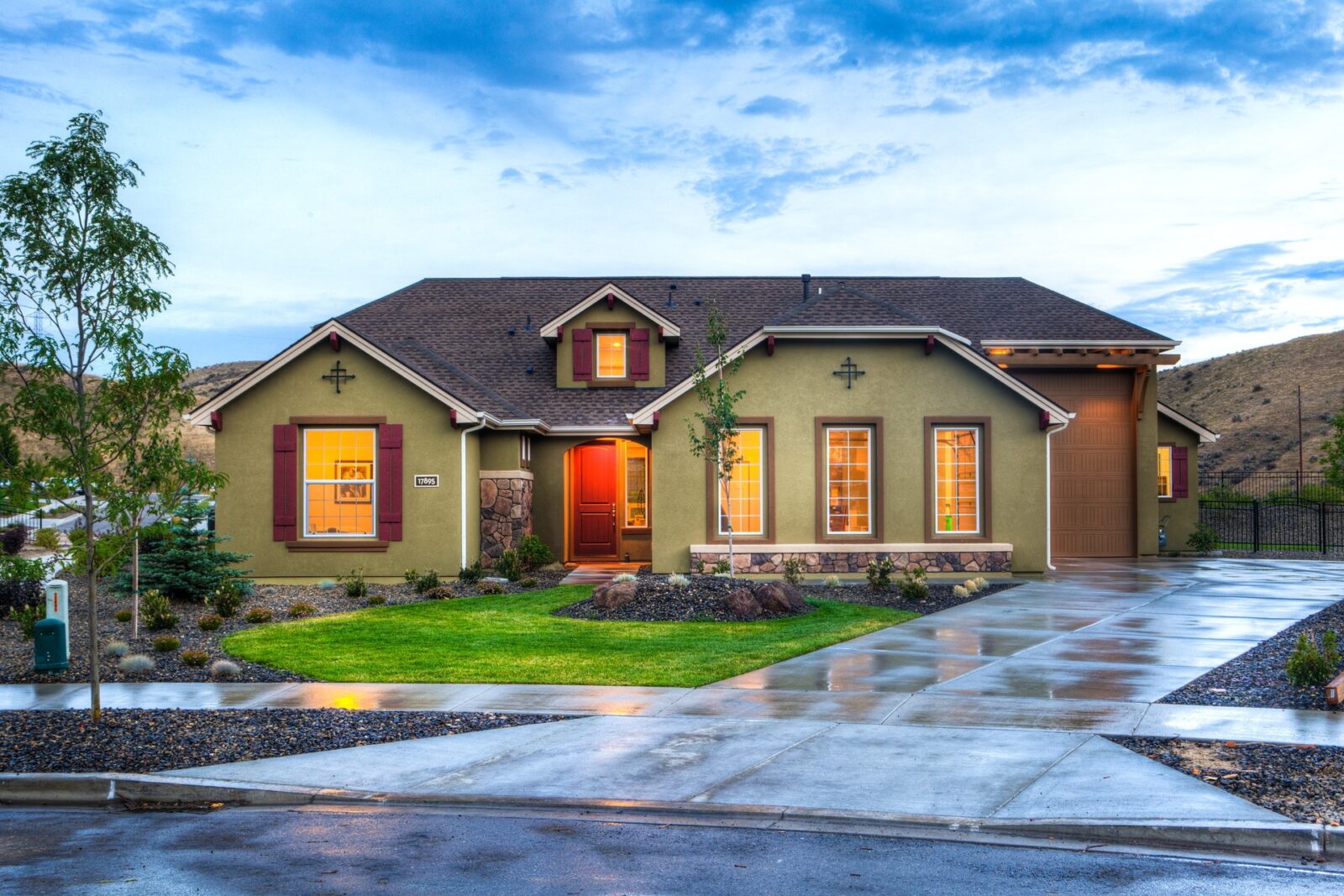The reverse 1031 exchange is a way for real estate buyers and sellers to comply with the strict rules and tight deadlines associated with the 1031 exchange.
It allows the acquisition of a replacement property to take place before the sale of the relinquished property, reversing the stages of a typical 1031 exchange.
There are many reasons individuals may opt for a reverse transaction. A desirable investment opportunity may arise before you have time to consider listing or selling a current property. Perhaps the sale of your relinquished property fell through unexpectedly, and you don’t want to lose the promise of your acquired property. Or maybe you simply prefer to buy first to eliminate the pressure of identifying a replacement property within the strictly regulated 45 calendar day period immediately following the sale of your relinquished property.
The reverse exchange enables investors to take advantage of marketplace shifts, consequently improving their investment position.
Regardless of your situation, if you’re looking at reaping the benefits of deferred capital gains tax and leveraging depreciation recapture with a 1031 exchange, it’s a good idea to learn about the benefits of a reverse 1031 exchange and how you can use it to your advantage.
What is a reverse 1031 exchange?
A reverse 1031 exchange is where the replacement property in a 1031 exchange is purchased in advance of the relinquished property’s sale. It helps buyers procure a new property without being forced to exchange or sell the property they already own before the purchase.
This differs from a typical 1031 exchange, where the new property is purchased within the 180-day window immediately following the sale of the old property. Property owners can gain market advantage with this process by holding the asset until the point where the market value increases, maximizing the property’s profitability.

‘Like kind’ exchange rules usually don’t apply in a reverse exchange, which can create openings for real estate investors who are looking to diversify.
However, this process requires that the individual has the financial means to support the purchase of the replacement property on their own.
How a Reverse Exchange Works
The Internal Revenue Service has created the Revenue Procedure 2000-37, which offers safe-harbor guidelines on how to correctly structure a reverse 1031 exchange transaction.
This is done by combining a parking agreement with an existing 1031 exchange. Any reverse exchanges that sit outside of these directives may still qualify, though they are considered non-safe-harbor 1031 exchange transactions.
The parking agreement is known as a qualified exchange accommodation agreement and entails the transfer of either the new property or the old property title into a type of limited liability company arranged by the qualified intermediary facilitating the exchange.
The purpose of this is to mediate the equity and title transfers of the two properties within the required timeframe. This is enacted so that the taxpayer does not hold title to the two properties simultaneously.
The IRS will not challenge property qualifications as a replacement or relinquished property for the purpose of federal income tax, provided the property owner is compliant with the regulations of a qualified exchange accommodation arrangement.
It is advisable to consult with an experienced team of real estate professionals before taking part in a reverse 1031 exchange, to ensure you’re operating within the legal framework and following IRS guidelines.
Requirements for Reverse Exchanges
Financing the Exchange
The first requirement for investors to consider is that the sale proceeds from the relinquished property cannot be designated to purchase the replacement property because the old property has not yet been sold. This means buyers need to pony up the funds to buy the new property themselves.
It’s possible to access traditional financing for the asset’s acquisition, however only certain lenders are willing to support a reverse 1031 exchange transaction. In a tight credit market, willing lenders may be scarce.
Timing the Sale
The reverse 1031 exchange timeline is a necessary consideration before initiating the process. A maximum holding period of 180 calendar days following the procurement is allocated to a reverse exchange property’s sale. If the timeframe is exceeded, then the transaction no longer qualifies as a 1031 exchange, and the deal triggers a taxable event that will incur capital gains expenses.

Parking
The investor cannot simultaneously hold title to both properties in the exchange, so one property gets stationed under what’s known as an Exchange Accommodation Titleholder (EAT) until the 1031 execution is completed. Should the investor choose to park the old property, then a warranty deed transfers ownership of the old property from the investor to the EAT. Under transfer, the exchanger is still liable for the asset’s expenses, including mortgage payments, taxes, insurance, and operating costs. The investor receives rental yields as per usual.
Alternatively, the new property may be held with the EAT. Improvements may be made to the new property during this holding period, which is entirely funded by the taxpayer. The relinquished property must be listed, and the sale closed within 180 calendar days of the new estate settlement. Purchase costs are recovered via equity transfer once the old property sale has closed. In the case that the old asset does not sell within this period, the transaction does not qualify for a reverse 1031 transaction, and the property title is transferred to the taxpayer.
Reverse 1031 Exchange Timelines and Rules
Similar timelines and rules apply for reverse exchange as for a forward exchange. It’s recommended to be well versed in the 1031 exchange rules and regulations before embarking on this venture.
- Investors have 180 calendar days following the initial closing to complete the reverse exchange.
- Both the acquisition and the corresponding property renunciation must be performed by the same taxpayer.
- Rules regarding related parties or disqualified persons apply.
- The replacement property must be of equal or greater value than the relinquished property. In the case that it is not, a taxable event is triggered on the difference.
- Both properties in the reverse exchange must be used solely for investment or trade purposes only. Neither property is allowed to be the investor’s primary place of residence.
- Reverse 1031 safe harbor rules permit like-kind treatment, provided either the replacement or relinquished property exists in a qualified exchange accommodation agreement.
Steps of a Reverse 1031 Exchange
Step 1 – Hire a Qualified Intermediary to structure an EAT.
In a reverse transaction, the titleholder is not permitted to hold title to both properties at the same time, so the purpose of the EAT is to take title or station either the old property or the new one. The EAT is a Single Member Limited Liability Company (SMLLC) used to hold the property during the reverse exchange time frame, or when the new property undergoes improvements.
Step 2 – The taxpayer enters a Purchase and Sales Agreement (PSA) with the seller.
The exchanger and the seller sign a PSA as a legal agreement representing their intentions to follow through with the purchase of the new property.
Step 3 – The Qualified Intermediary organizes the papers required to close the deal
These documents include the Qualified Exchange Accommodation Agreement, a promissory note, and the lease for the first stage of closing. This stage is when the taxpayer also secures any necessary financing to complete the purchase.

Step 4 – The sold property is identified
From the date of the purchase of the new property, the investor has 45 calendar days to identify the property that will be sold. After 180 calendar days of the new asset’s acquisition, the investor must have completed the sale of the old asset. At this time, equity from the property is transferred to the investor to cover debt payments on the new real estate – if there are any – or simply to reimburse the investor.
Step 5 – The exchanger enters a PSA with the buyer of the relinquished property
This is a similar process to Step 2, where the investor agrees to make a sale of the old property within the required timeframe and completes the sale of the old property.
Step 6 – Closing documents and agreements are signed
Depending on whether the old property or the new property was parked under the EAT, the EAT will sign as the buyer or the seller for the benefit of the exchanger. The EAT transfers the property title to the exchanger, and held equity must be returned to the investor no later than the 185th calendar day immediately following the first property closing. A reverse 1031 exchange diagram may help to visualize the process better.
FAQ
How much time do you have to do a reverse 1031 exchange?
From the date of the initial purchase, you have 45 subsequent calendar days to identify a buyer who agrees to purchase your relinquished property. Within a total of 180 consecutive calendar days after the acquired property deal has closed, you must have completed the sale of the relinquished property to qualify for the reverse 1031 exchange.
Can you back out of a 1031 exchange?
For any number of reasons, investors may change their minds about following through with a 1031 exchange. You can back out of a reverse 1031 exchange at any time between day 1 and day 45 of the process by requesting all exchange funds from the qualified intermediary.
What happens if a reverse 1031 exchange falls through?
A reverse exchange may fall through on several grounds, including not finding a buyer for the relinquished property within the given timeframe, not securing funding to purchase the new property, and not adhering to the timeframe and taxpayer rules laid out by the IRS.
In the event that the exchange falls through, there is no penalty. However, if the exchange is not completed, a taxable event is triggered, and the investor is required to pay capital gains tax as they would in a regular real estate transaction.
How much does a reverse exchange cost?
The typical reverse exchange is usually higher than a forward exchange, and the cost will depend on which state you’re carrying out the exchange in, and how many properties are involved. You can expect the reverse exchange to cost anywhere between $4,500 and $7,500.
If a reverse 1031 exchange sounds right for you, reach out to the experienced team at NNN Deal Finder today! We’re here to offer guidance and direction to make your reverse 1031 exchange seamless and worthwhile.

